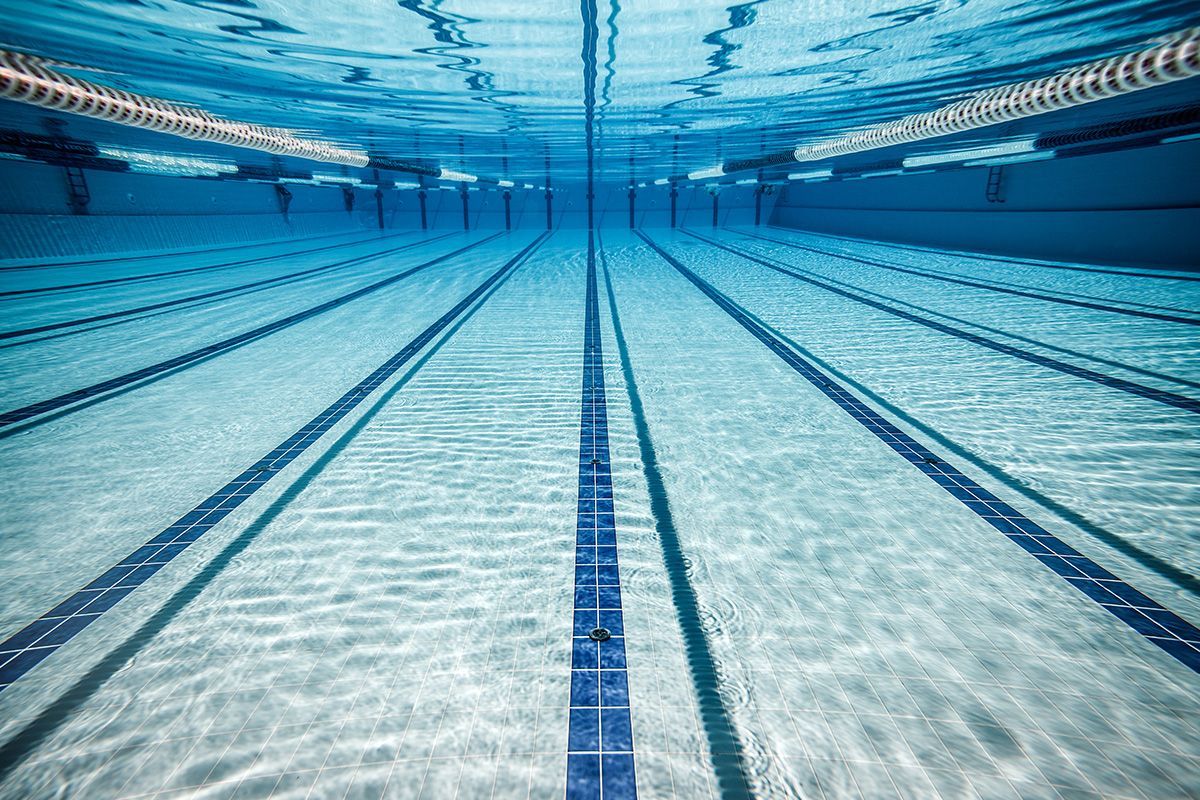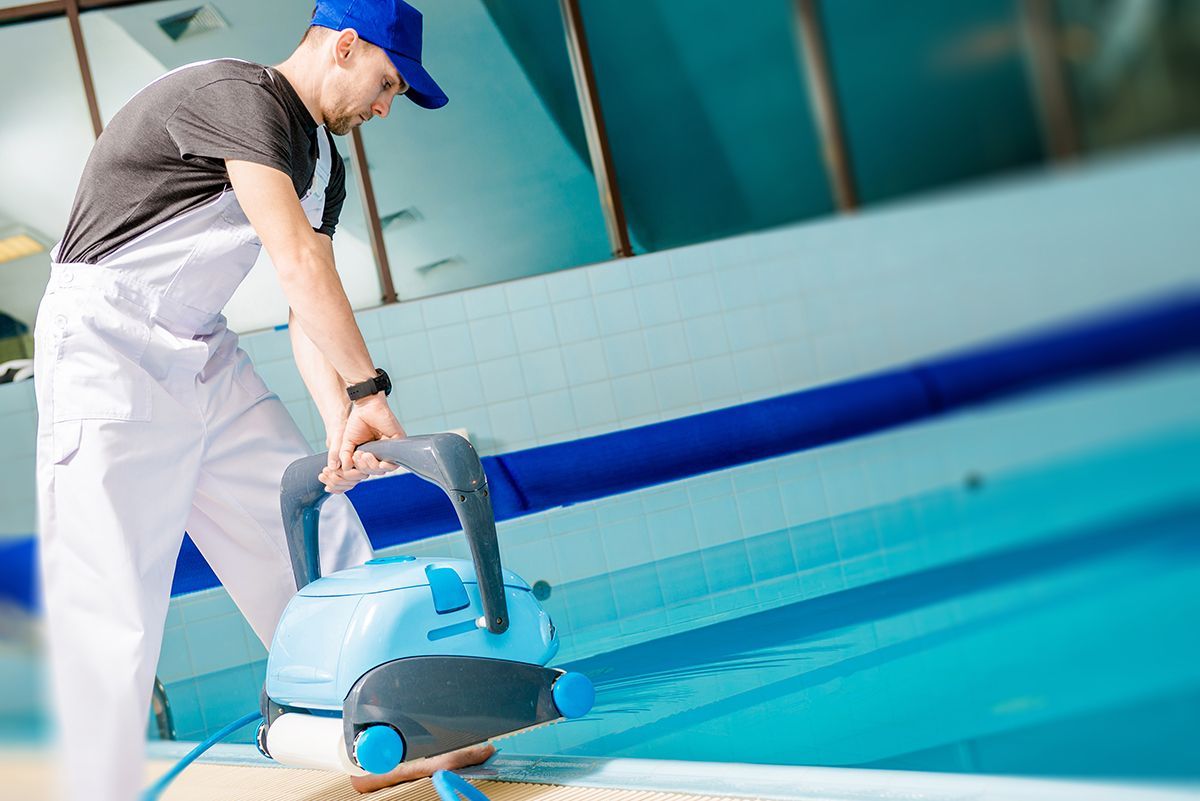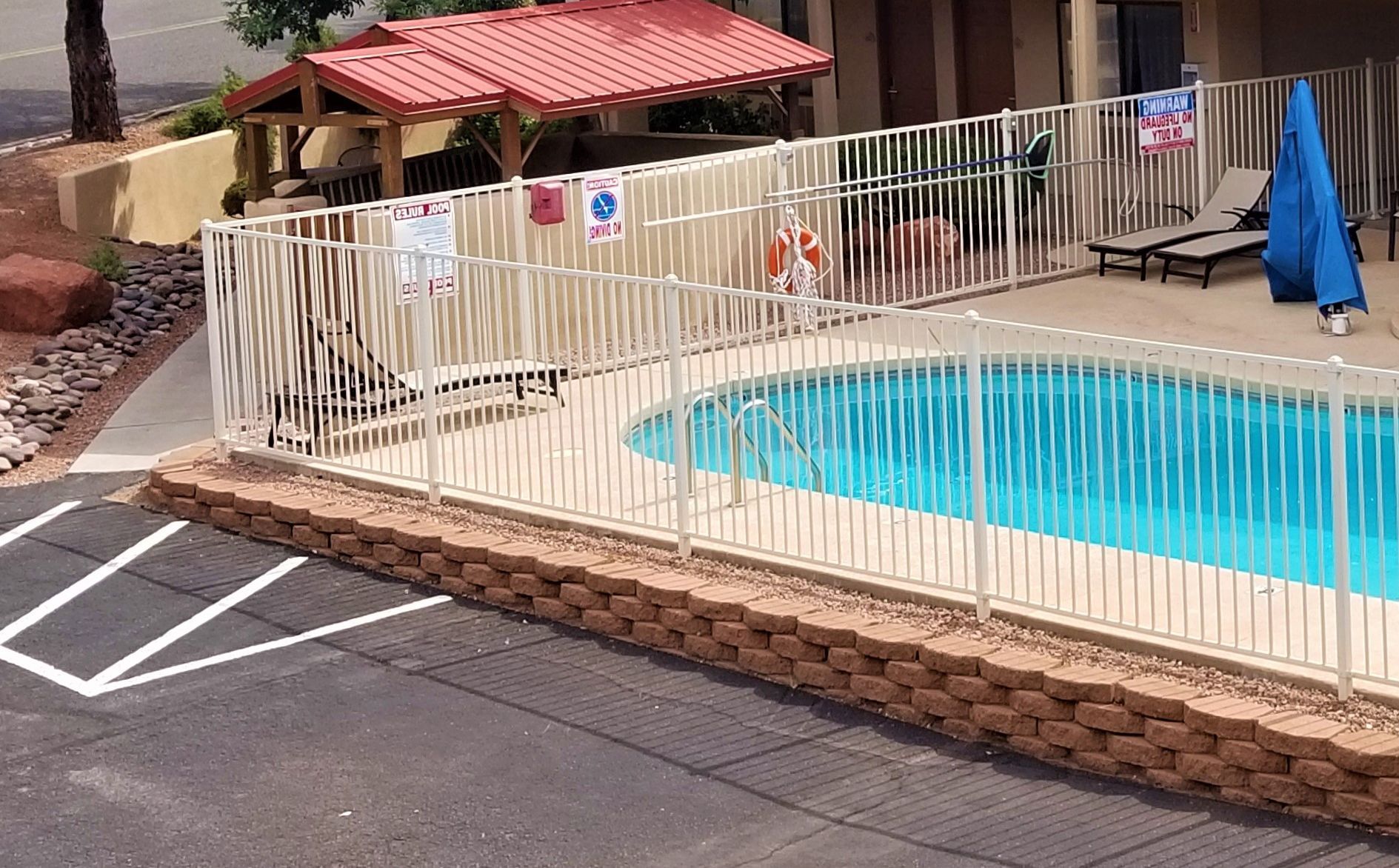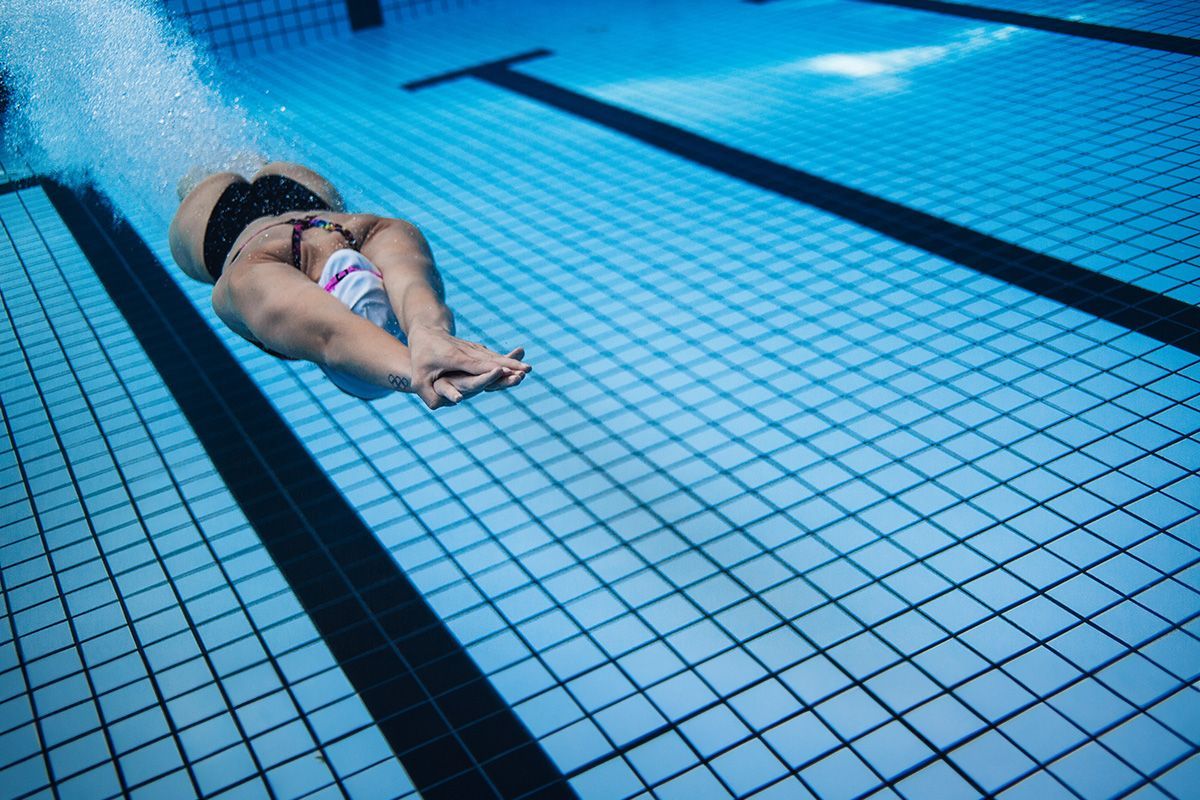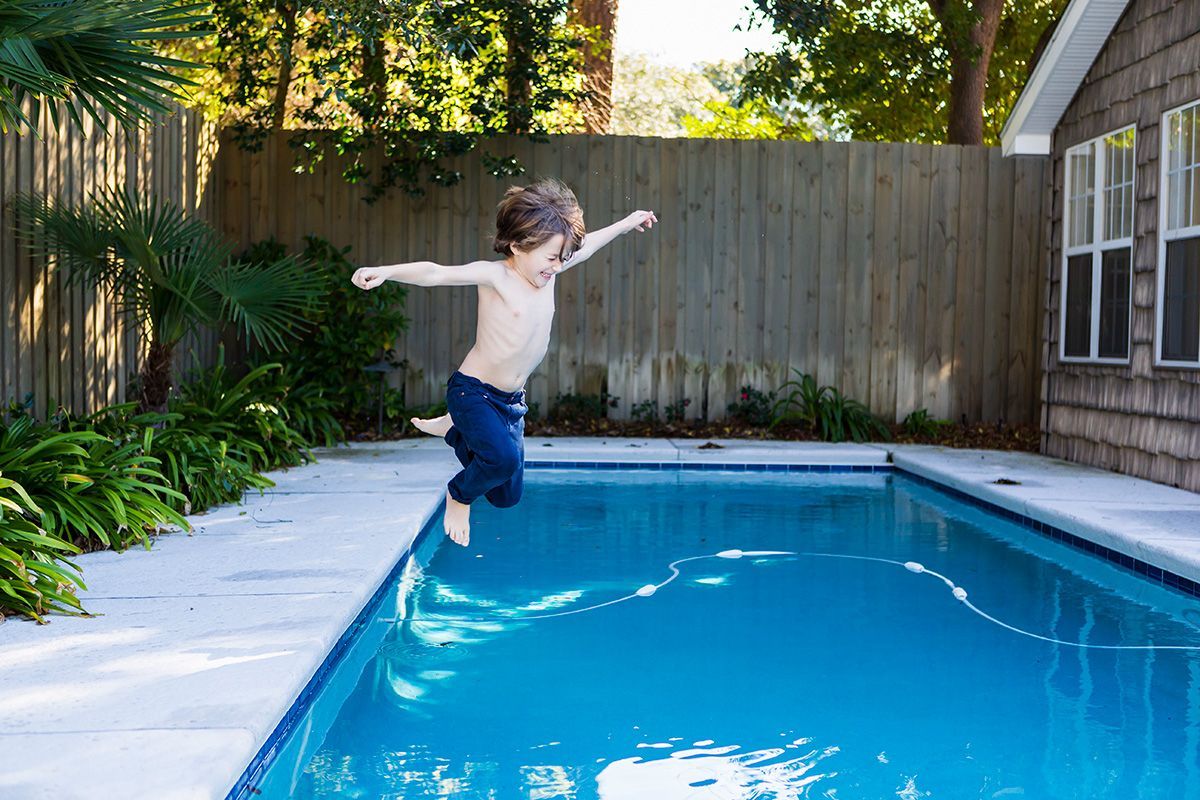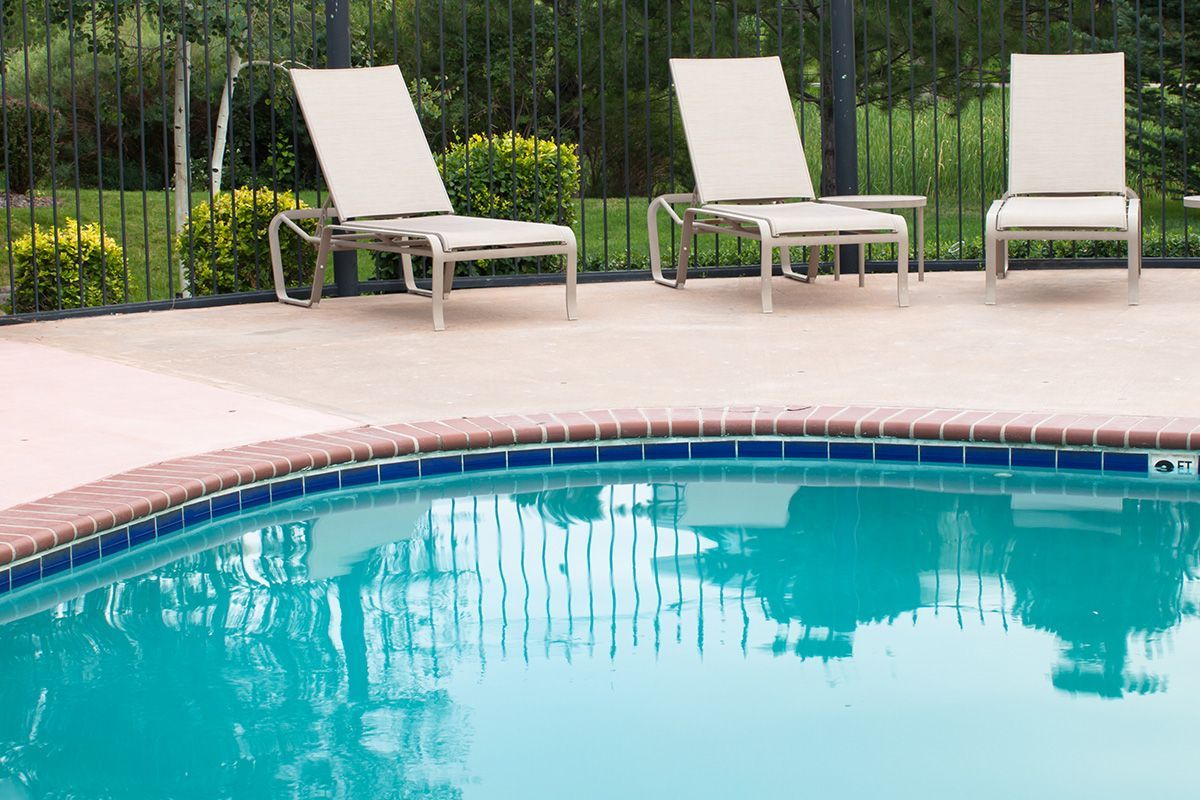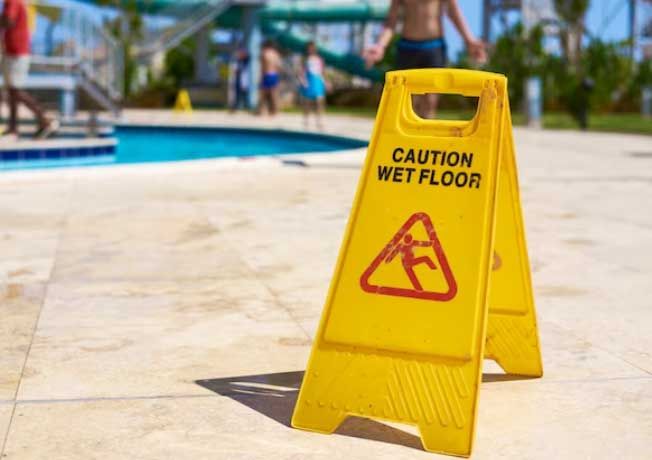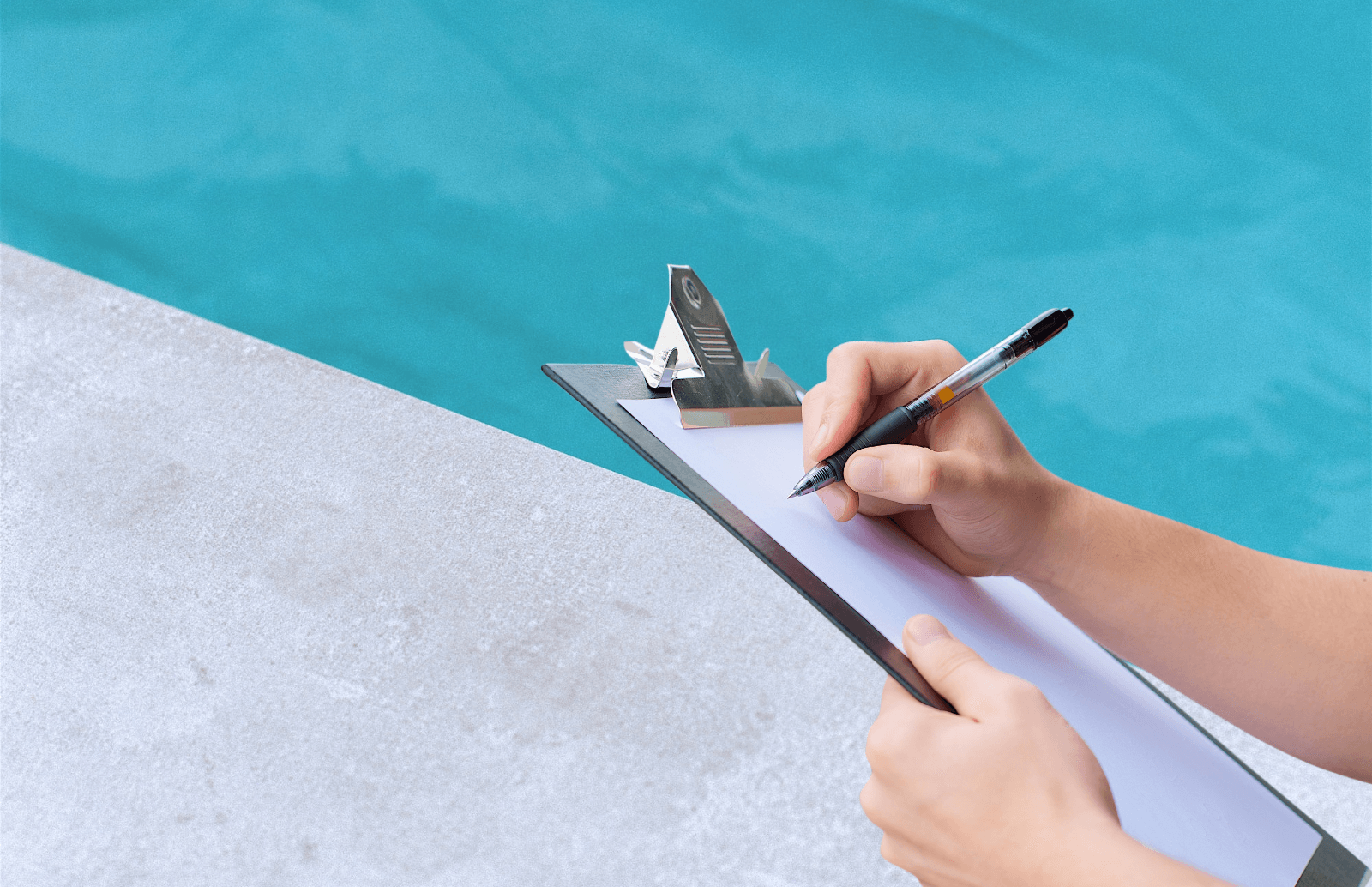Pool Safety Checklist: Chemical Safety and Storage Tips for a Safe and Fun Summer
Maintaining a pool is an essential task in order to keep it clean and safe for swimming. Although inspections are important to ensure that all necessary maintenance tasks are completed, there are some simple tips that can be followed between inspections to help maintain the pool. This article will provide an overview of those tips and how they can benefit a pool owner.
With the summer months in full swing and the soaring temperatures, there's nothing more refreshing than taking a dip in the pool. Before diving into summer fun, however, it's important to make sure you keep your pool safe and secure! As a first step, reviewing a pool safety checklist is a great way to get started - and when it comes to chemical safety, there are plenty of tips and tricks that can help you create a safe, fun environment for a summer full of outdoor fun.
From correctly storing and handling chemicals to understanding the types of chemicals used in pool maintenance, this post will cover all you need to know to make sure your pool is safe and well-maintained. So grab your bathing suit and flip-flops and let's dive into pool chemical safety!
Quick Overview of Key Question
The best safety practice for chemical storage is to keep all chemicals in a well-ventilated, secure area away from children and pets. Chemicals should also be stored according to manufacturer instructions, in order to ensure they are used and disposed of properly.
Identifying Hazardous Chemicals
Identifying hazardous chemicals is a key step in creating a safe and fun swimming pool environment. When it comes to pool safety, having knowledge of the chemicals used to treat pool water can make all the difference. Unfamiliar chemicals and products should be investigated before introduction into the pool.
Homeowners should know what potentially dangerous ingredients might be found in standard over-the-counter products and what potential health hazards these items could create for swimmers, both adults and children alike. In addition to this, storing chemicals correctly, away from direct sunlight and high temperatures should also be taken into account.
Knowing what to look for on labels is paramount when it comes to chemical safety. All chemicals must have labels that list active ingredients with percentages of concentration. It's best practice to strive to use only EPA approved chemicals that have labels that include instructions on handling and storing them safely.
To ensure your summer swim season is safe and fun for all involved, careful attention must then be turned to reading label information. Staying informed about what you're introducing into your pool is critical for keeping swimmers safe from hazardous chemicals.
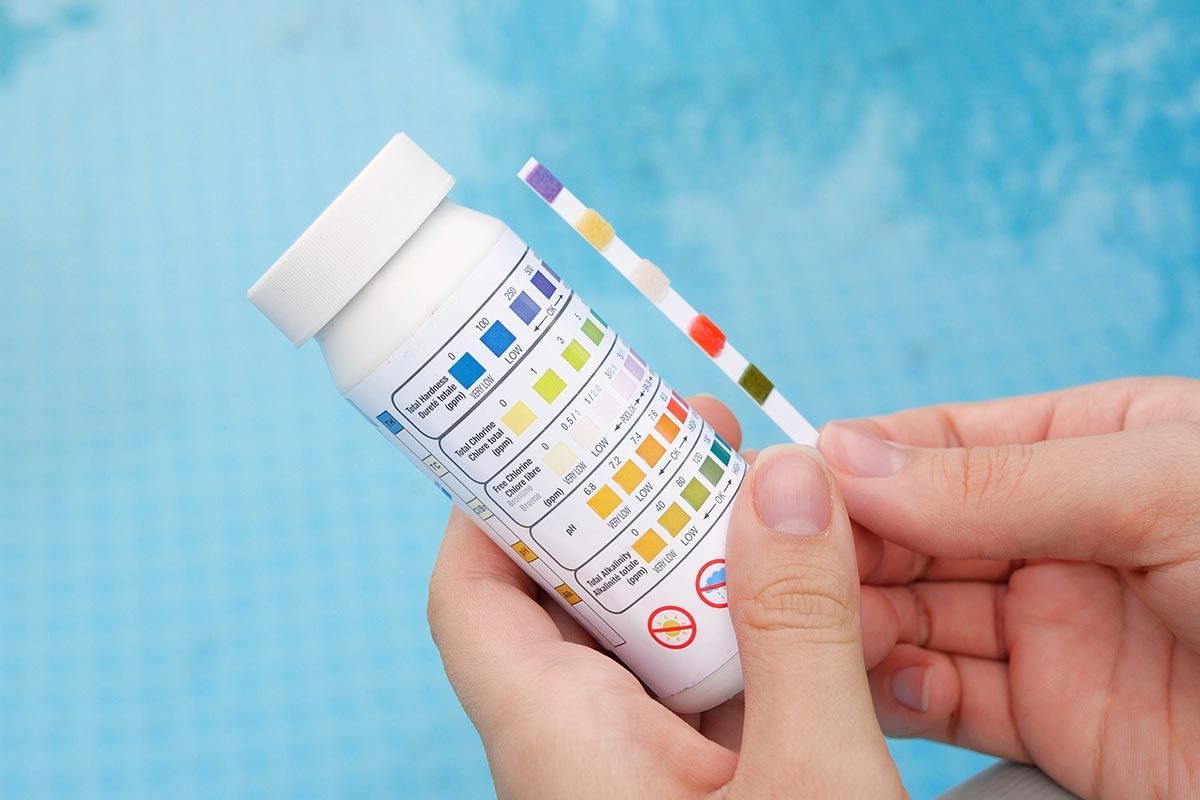
Reading Label Information
Reading label information is an important step when it comes to chemical safety and storage. The labels will provide detailed information about the chemical composition and how to handle, store, and use it safely. It is strongly recommended that you read all labels before using a chemical in order to ensure you are using it properly.
For example, some products have specific instructions for use such as diluting it in a certain amount of water or applying it in a ventilated area. Some labels may also contain warnings against skin contact, inhalation, and long-term exposure.
It’s also important to check if incompatible chemicals are mixed together which can create a hazardous reaction. Both the MSDS sheets, labelling, or User Manual may include a list of incompatibilities. For instance, mixing bleach with ammonia can create toxic fumes so be sure to read all directions thoroughly before combining any products.
Given that chemicals are used around pools to achieve cleanliness, safety, and fun for swimmers; both the pool owner and responsible adult supervisors should be aware about the contents of their pool and ensure correct usage of all products by reading label information carefully.
By understanding what’s safe and what’s not, swimming pool owners can protect themselves from unnecessary risks associated with mishandling chemicals thus promoting overall safety when using them around pools. With this knowledge in mind, next we will discuss various chemical safety guidelines for pools that can help keep your family members safe this summer.
Chemical Safety Guidelines for Pools
Chemical safety guidelines for pools are an important part of any pool safety checklist. After reading label information to ensure that you are purchasing the proper chemicals, you must also pay attention to a few simple guidelines to ensure safe chemical storage and use. It is very important to store all chemicals safely in a cool and dry place where children and pets cannot gain access.
Always store chemicals away from food and away from sources of heat or direct sunlight. Additionally, when adding chemicals to the pool, always add them slowly while remaining vigilant and watching out for any splashes or other spills. Afterward, wash your hands thoroughly before engaging in any activities related to eating or drinking.
Above all else, always follow the product instructions as they are printed on the label by the manufacturer. This ensures that you are using the product as intended with maximum safety and efficacy in mind. Doing so can not only help keep everyone safe, but also reduce any potential damage caused by improper usage of pool chemicals.
Having established these chemical safety guidelines for pools, we must now move on to discuss another important part of any pool safety checklist: discharging pipes and lines. The importance of properly maintaining these components should not be overlooked; taking steps such as routinely inspecting for tears or rips can save significant time and money down the road by avoiding larger-scale problems from arising due to negligence.
- The Centers for Disease Control and Prevention (CDC) recommends having a chemical feeder, test kits, and safety equipment on hand at all times when handling pool chemicals.
- According to the CDC, it is important to make sure pool chemical containers have childproof caps, are labelled correctly and stored away from heat sources.
- A study published in 2016 found that pool chemicals can be toxic if they are not handled safely. It also noted that approximately 15 fatalities occur each year due to chemical storage and handling errors.
Discharging Pipes and Lines
After ensuring proper maintenance of the pool's chemical balance, cleaning and disinfecting regularly, and having clear safety guidelines in place, it's important that swimming pools be equipped with functioning discharge pipes and lines.
Discharge pipes and lines carry water away from the pool which can prevent flooding or any other type of drainage issue caused by excess water. Additionally, they help to maintain a healthy pool ecosystem by carrying out any solids or chemicals that are not vital to a clean and safe pool environment.
It is important to check the discharge pipes on a regular basis to make sure they are functioning properly, as failure to do so may result in negative consequences such as backups, drain blockages, corrosion, or other hazardous conditions; these risks may pose significant health and environmental hazards if left unresolved.
If a pipe breaks or an obstruction becomes lodged in the pipe, repair or replacement should be considered as soon as possible. Furthermore, it is important for homeowners to be aware of any local laws surrounding standing water that accumulates due to some type of faulty piping structure in order to ensure compliance procedures.
At the same time, it is important to keep in mind that discharge pipes are essential for keeping a healthy pool environment; without them, unbalanced chemicals or excess sediment can lead to various water-related illnesses which can become especially serious when exposed over long periods of time.
For this reason, understanding how discharge pipes work and taking necessary steps to keep them running smoothly will help ensure a safe and enjoyable swimming season.
With all of that said, it’s now time to turn our attention toward properly storing containers and bottles used for holding pool chemicals. Taking care of containers and bottles can help reduce the risk of damage or misuse while also making it easier to store these items in a convenient location.
Main Points to Remember
It is important for pool owners to regularly check their discharge pipes, as failure to do so can lead to various negative consequences such as backups and drain blockages. Discharge pipes also help maintain a healthy pool environment and can prevent water-related illnesses when used correctly. Additionally, proper storage of containers and bottles used for pool chemicals should be considered in order to reduce the risk of damage and misuse.
Containers and Bottles
The proper storage and usage of chemicals is an essential component of maintaining a safe swimming environment. Containers and bottles used to house these chemicals must be strong, durable, labelled clearly with their contents, and stored vertically in an area where they are unlikely to be knocked over or damaged. It is also important to make sure that all caps, lids, and seals on containers are secured tightly to avoid any accidental leakage.
Furthermore, swimming barriers should be implemented to minimise the likelihood of children or pets obtaining access to harmfully corrosive substances.
Hazardous materials must not be allowed to remain loose in open containers. Chemical stores should always be regulated under a strict inventory system as well. Some might argue that these regulations are too strict, leading to increased cost and labour for pool owners; however, research suggests that pool safety protocols can significantly reduce incidents of medical emergencies occurring during pool use.
A well-regulated chemical regime is one of many steps that can be taken towards ensuring a safe swim environment for everyone involved. Following through with this process allows individuals and families to enjoy the summer months knowing that their pool is securely maintained and poses minimal risk from improper storage or handling of corrosive substances. With this in mind, it's time to move on to another component of water quality: testing the balance within the pool environment.
Testing the Water Balance
Testing the water balance of a pool is a crucial step to ensure that everyone has a safe and fun summer. It is particularly important to test the pH levels in order to avoid any skin irritation or chemical burns. Keeping the pH balance between 7.2 and 7.8 promotes healthy chlorine efficiency, enhances thermal comfort, and minimises scale buildup that can cause costly damage to pool equipment.
A water test kit is the simplest way to properly measure the water balance of a pool. It typically includes tests for pH, total alkalinity, and calcium hardness among other chemical balances necessary for proper pool health. With this simple one-time purchase, it is easy to routinely check these balances over time. It is recommended to perform these measurements weekly for optimal results.
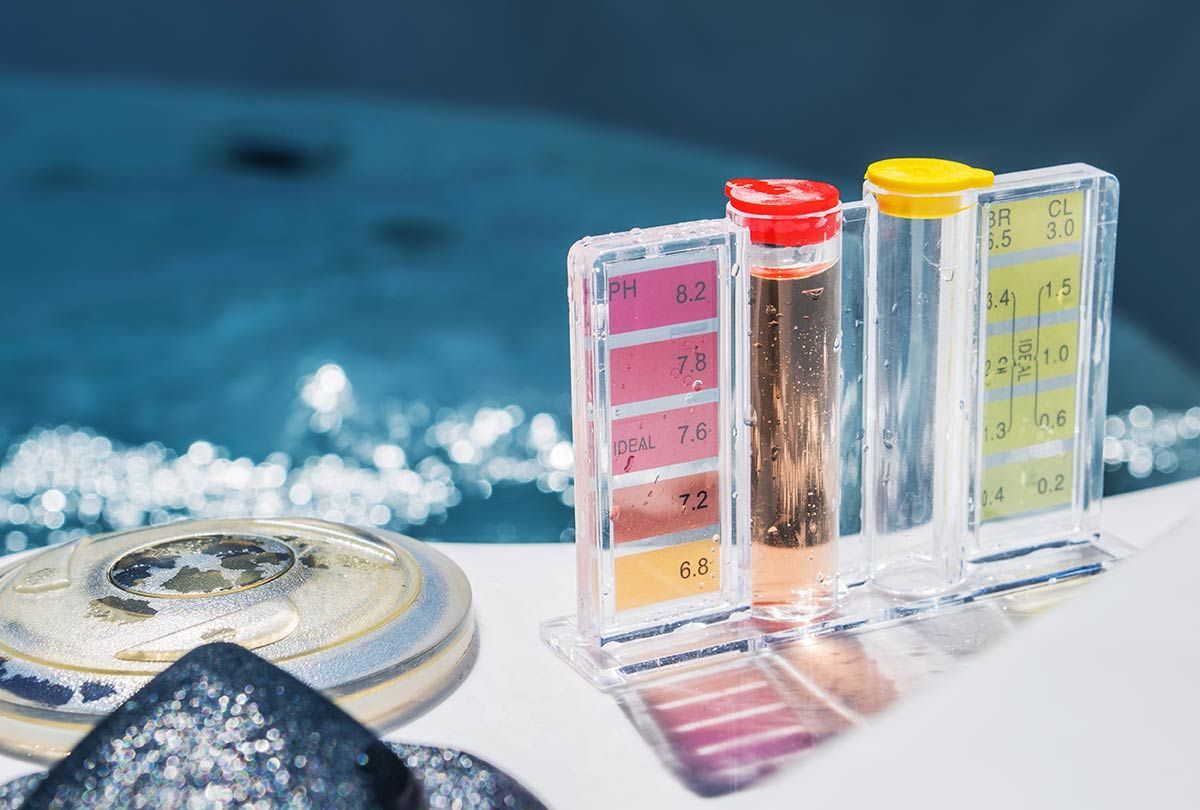
Another option for testing the water balance of a pool is to hire a professional service. Most experts will run sophisticated diagnostic tests with specialised equipment and provide detailed analysis on all areas of imbalance that need attention. This method provides peace of mind in knowing that everything is accurate while also decreasing the amount of work you need to do yourself.
No matter which method of testing you decide to use, it’s important to be vigilant when monitoring your pool chemical levels throughout the summer season. Doing so will help ensure that everyone enjoys a safe and fun swimming experience while they soak up those warm summer days!
Now that the water balance has been tested, it’s time to explore what routine maintenance should be conducted in order ensure your pool remains clean and healthy throughout summer seasons going forward.
Re-testing and Maintenance
Now that the pool water balance has been established, it’s important to maintain it. That means frequent testing and balancing of the pool chemicals. Ideally, pool owners should test their pool rules at least once a week and after heavy rains or bather loads. This helps prevent over-concentrations of chlorine, pH imbalances, calcium hardness issues, and more.
Maintenance is key to ensuring safe swimming conditions in your pool. In addition to routine testing, the pH level of your pool should be checked every day. Also, add chemicals as needed to keep levels balanced when testing reveals dipping readings. Pool owners can purchase an at-home testing kit for easier regulation and maintenance of their pool water balance.
As part of regular maintenance, it's also important to remember to store all chemical products properly in lockable outdoor cabinets away from the reach of children and pets. Also, make sure you “shock” your pool on a weekly basis by adding concentrated Chlorine or non-chlorine Chemical Shock treatment alternatives to rid it of bacteria and algae.
Of course, anyone handling chemicals should take the necessary safety cautionary measures such as reading labels carefully and wearing gloves.
It’s essential that pools get their water tested by experts every year or two so they can be properly maintained throughout the year. Professional technicians can diagnose possible issues with filtration systems faster and help ensure that all pool components are running optimally. Regular cleanings also help keep water free of contaminants or algae outbreaks that could compromise safety standards or lead to costly repairs down the line.
Ultimately, maintaining a safe and balanced swimming environment depends on regular care and attention from pool owners — but with the right maintenance plan in place and professional assistance when needed, any pool owner can create a safe swimming environment for their family to enjoy all summer long!


